Management of Knee Hyperextension
Knee hyperextension (genu recurvatum) occurs when a knee extends past its neutral 180-degree position.
At Orthotics Plus we assist you or your loved one with knee orthoses and supports which can prevent or limit knee hyperextension.
Most people can extend or hyperextend their knee a little, approx 5-10 degrees, which is normal. If one of a patient’s knees is neutral, however the other is hyperextending past neutral, then this is indicative of hyperextension.
In severe cases, knees can extend past 45 degrees, which is painful and debilitating.
Orthotics Plus provides support for those who are living with knee hyperextension, our assessments and treatments take place in our Melbourne clinics.
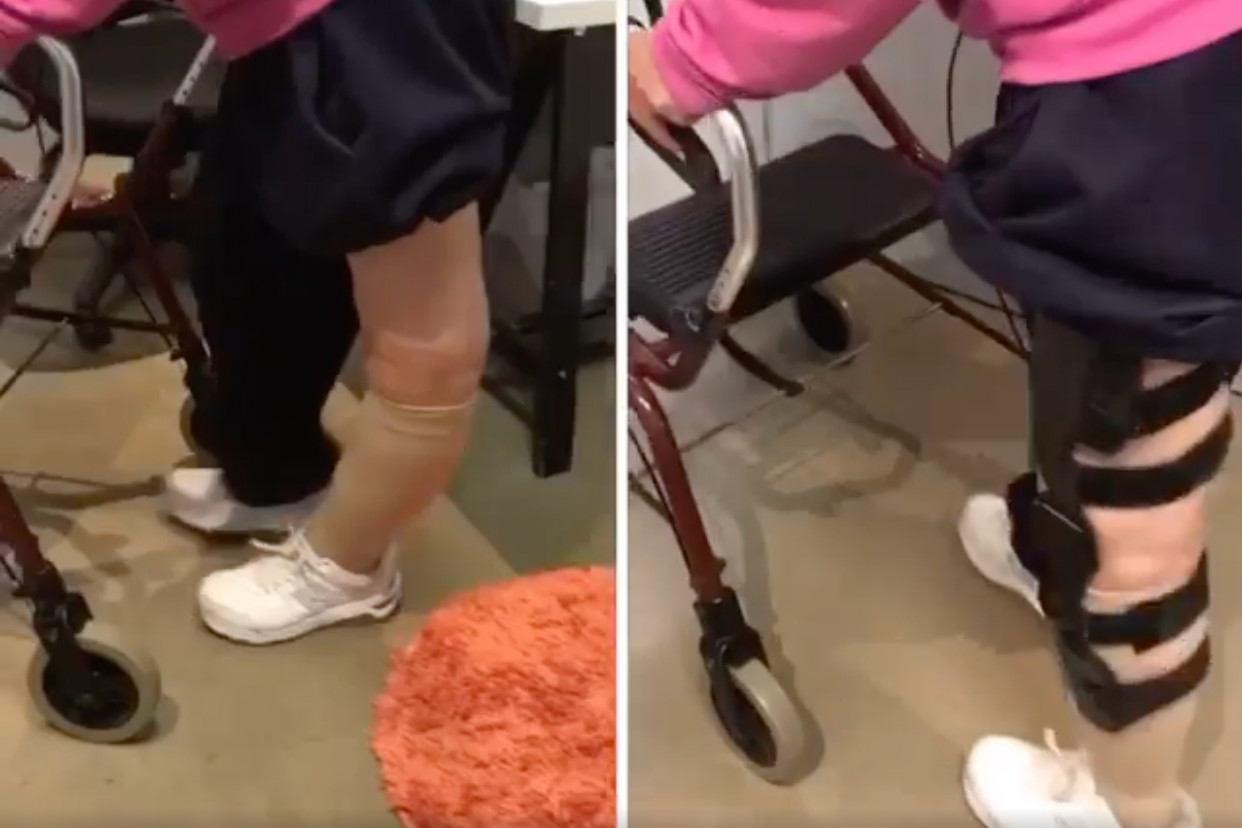
Chronic Knee Hyperextension
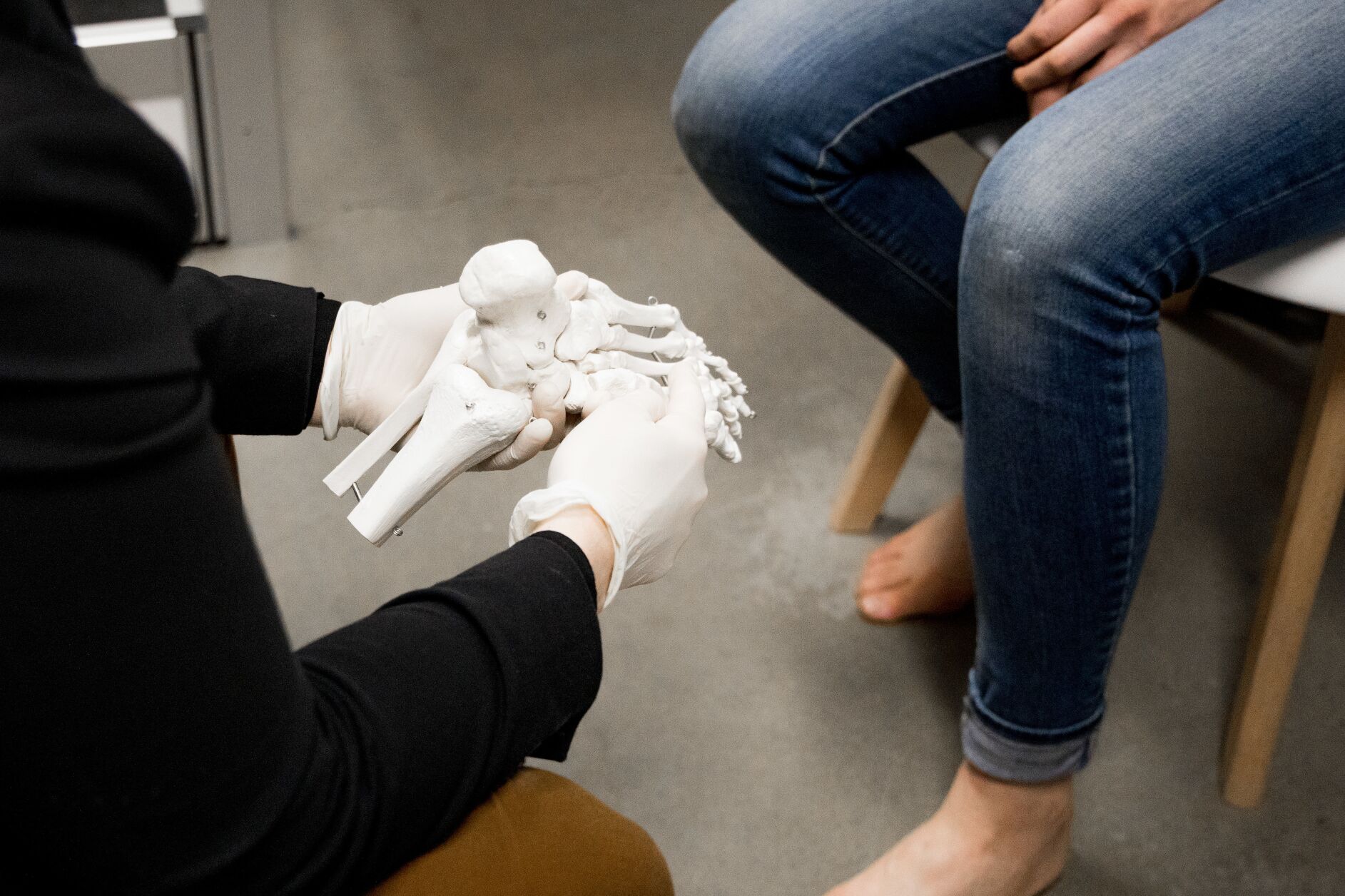
Risks
For patients with chronic knee hyperextension, their knee problem has occurred over time and may continue to progress.
Knee hyperextension is also a common side effect for people experiencing Equinus foot posture or spasticity in the gastrocs (the calf muscle).
Quadricep weakness, neurological conditions such as stroke may result in plantar flexion contractures.
Chronic knee hyperextension may also be related to attenuating tendons and/or loss of physical function.
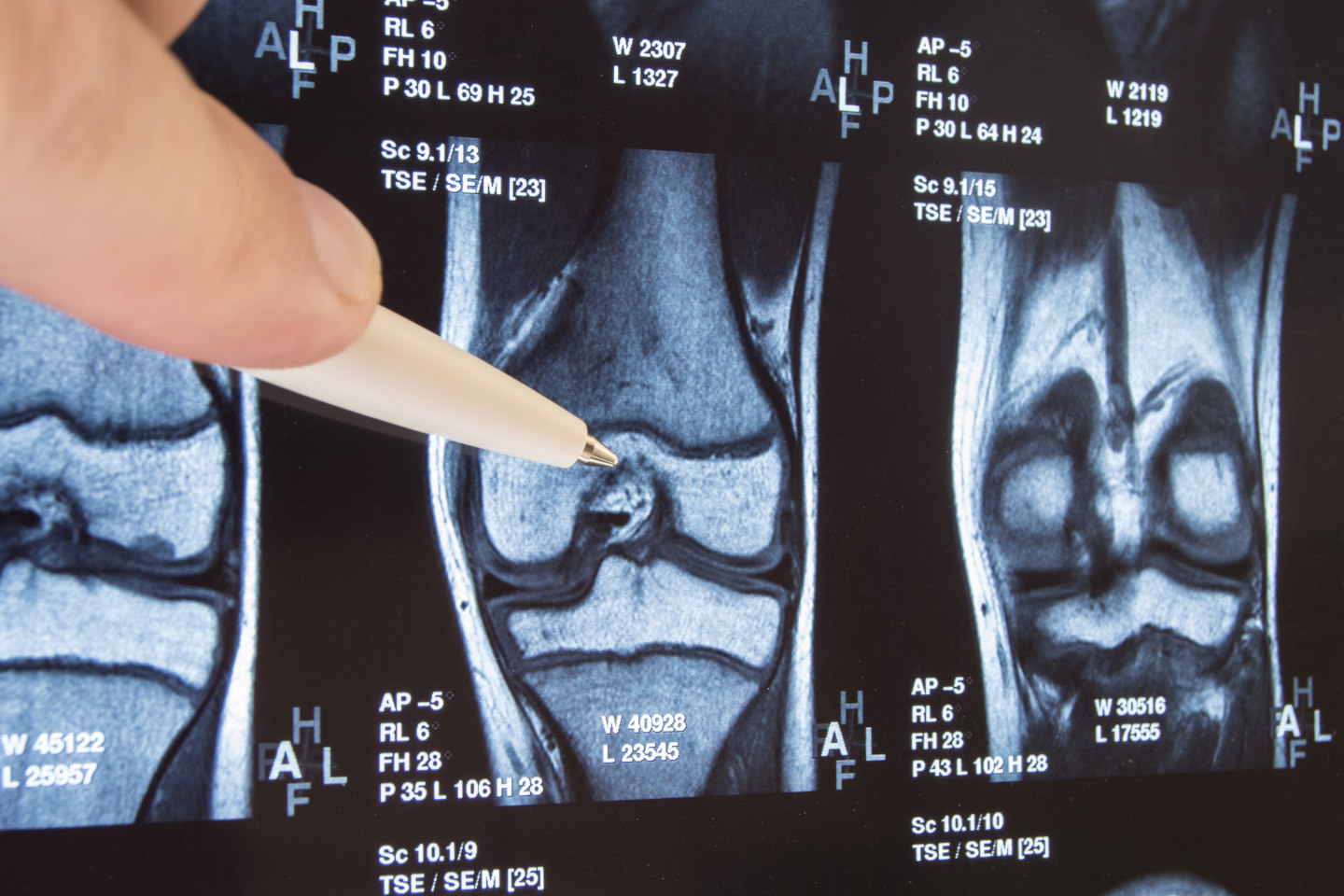
Causes
Most chronic cases of knee hyperextension are paired with quadriceps weakness.
This is because deficient strength in the knee extensors causes a patient to find knee stability by locking their knee back, so they don’t have to rely on the muscles for stability.
Over time the structures of the knee stretch and the knee begins to hyperextend.
People with plantar flexion contractures (a condition where the foot points down) can experience plantar flexion-knee hyperextension ‘coupling’.
This can cause hyperextension of the knee as the only way the person can get their heel to the floor is by hyperextending at the knee and as the person tries to walk over their forefoot, a hyperextension force is generated at the knee.
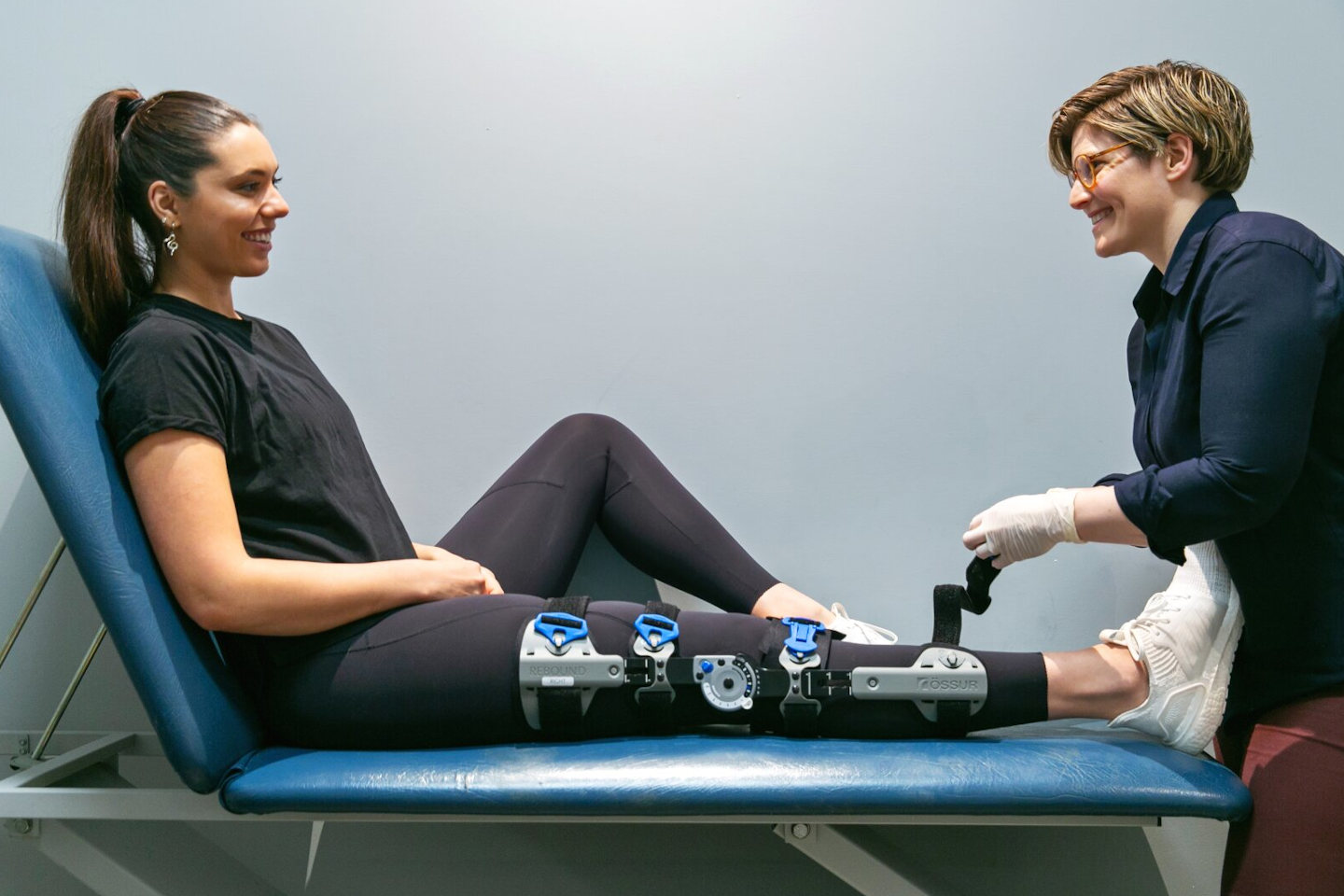
Treatment
Orthotic intervention can be very successful in managing a hyperextending knee.
In the case of quadriceps weakness which will not regain full strength, a specific knee orthosis to prevent hyperextension is a good option.
If the cause is the ankle and the patient is in a plantarflexed position, we would look to influence the knee by controlling the ankle using an AFO or GRAFO.
These Orthoses support the ankle position and provide stabilisation at the knee, and assist with quadricep deficiency.
For severe conditions, an Orthotist might try using a KAFO, which extends from foot to thigh, generating knee stability and blocking hyperextension.
Patients may also respond well to FES (functional electrical stimulation) of the quadriceps group which can increase knee stability.
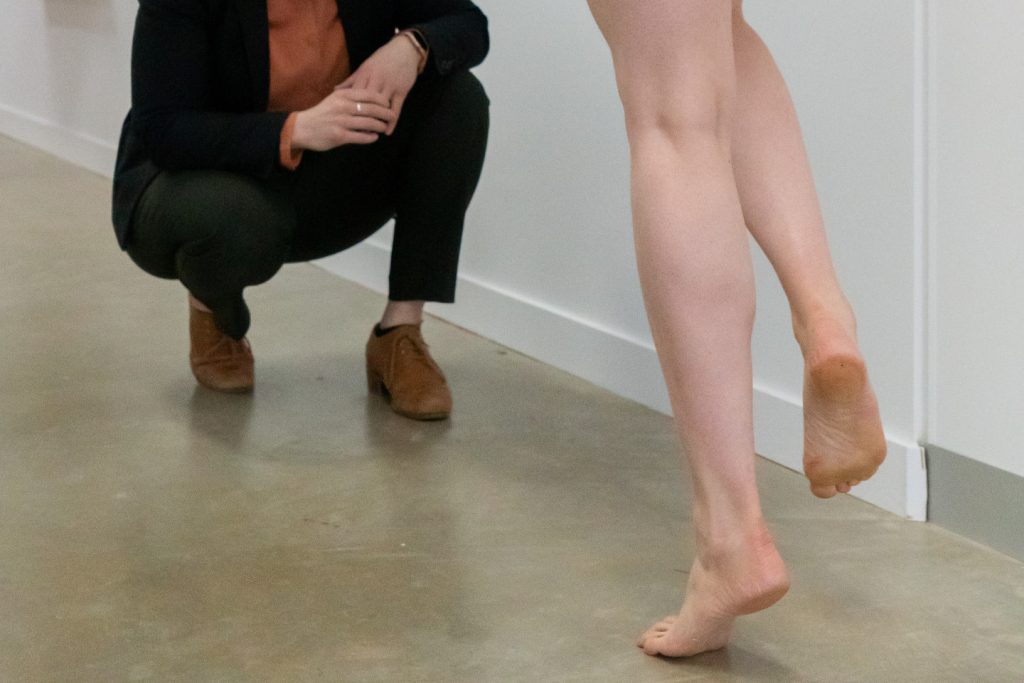
When To Seek Help
If you are an older adult that starts to feel knee pain (even mild) for longer than a month, please contact us.
If you notice that your knee hyperextension is worsening, even if your pain might not be, it’s recommended that you schedule an appointment.
It’s better to be examined sooner rather than later.
Knee Hyperextension from Injury
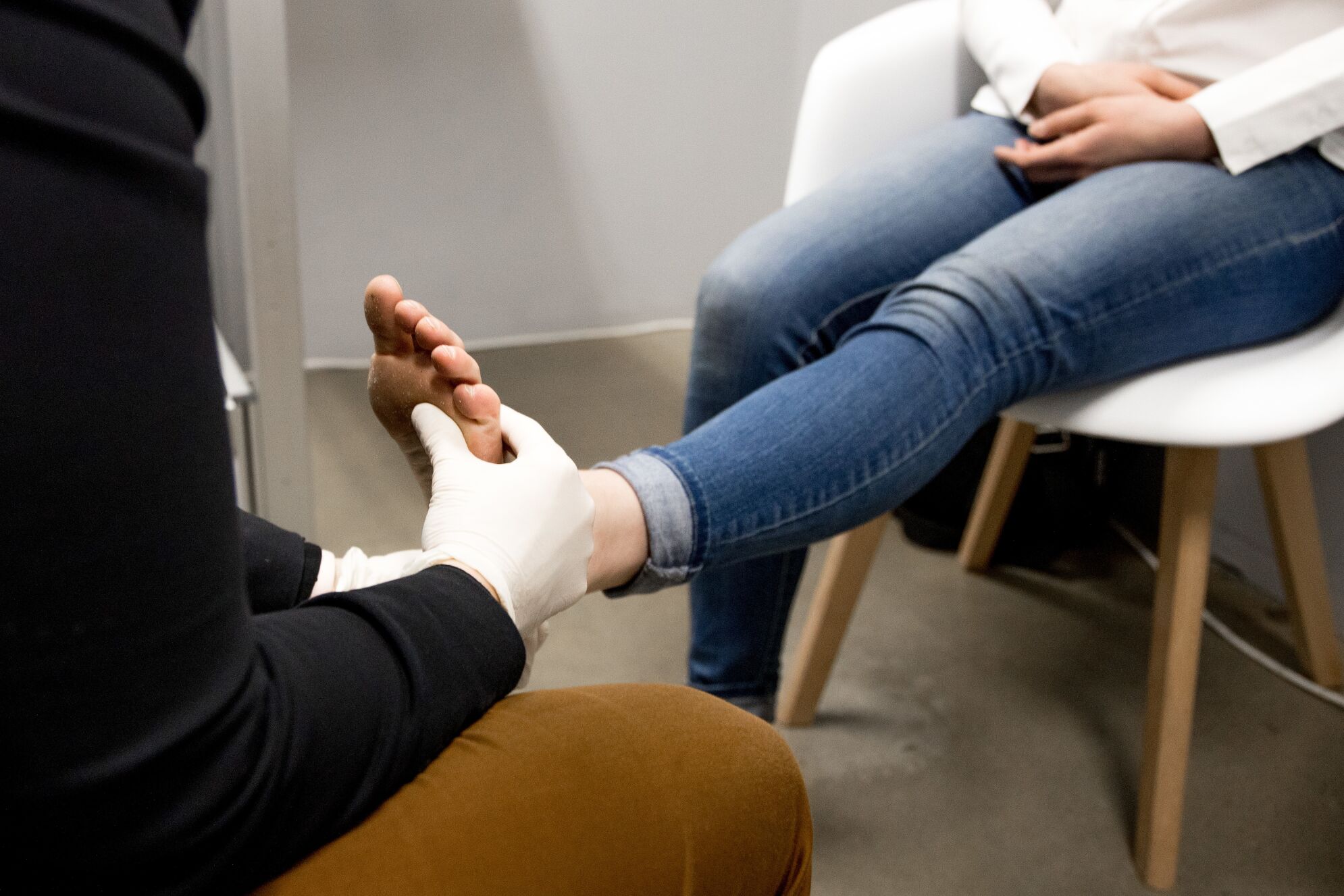
Risks
Patients with acute hyperextension knee injuries are generally younger and may be participating in sports such as football.
It is common for the hyperextension injury to occur when landing after contact, or another player landing across the front of the leg.
Active structures, such as the hamstrings, are also susceptible to injury when a person’s reflexes lock their leg in an attempt to prevent injury.
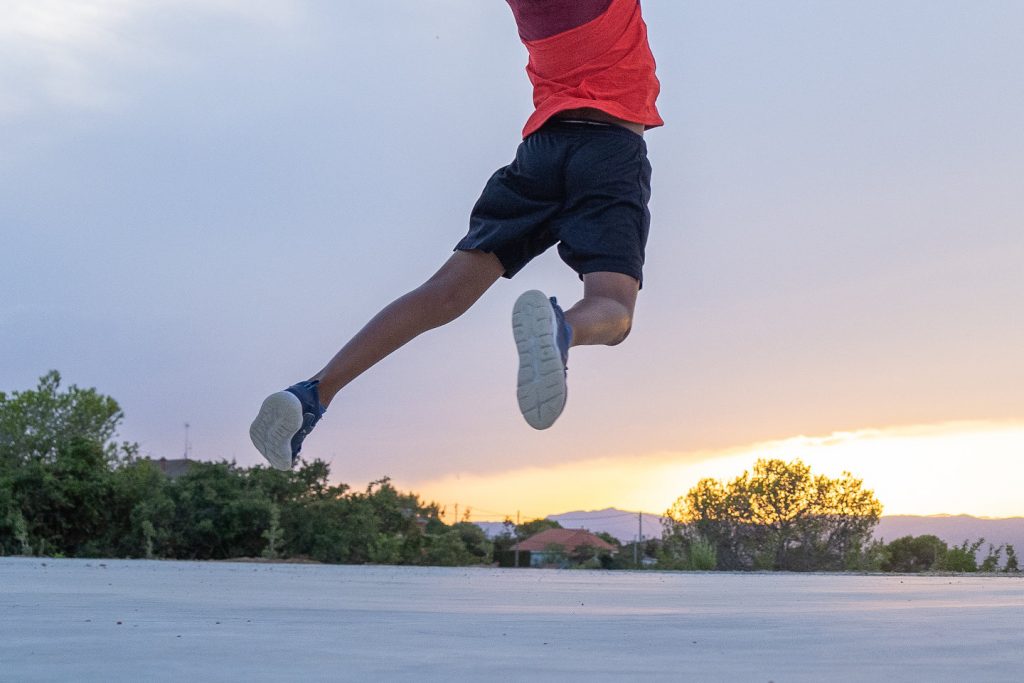
Causes
In an acute case of a hyperextended knee injury, such as someone falling whilst playing sports, many or all of these structures can sustain physical trauma.
The back of the knee contains many structures, including the PCL, ACL, knee flexor attachments and the capsule containing the knee joint.
Aspects of the front of the knee can be injured in a hyperextension injury too, for example the tibial and femoral condyles where an impaction injury can occur.
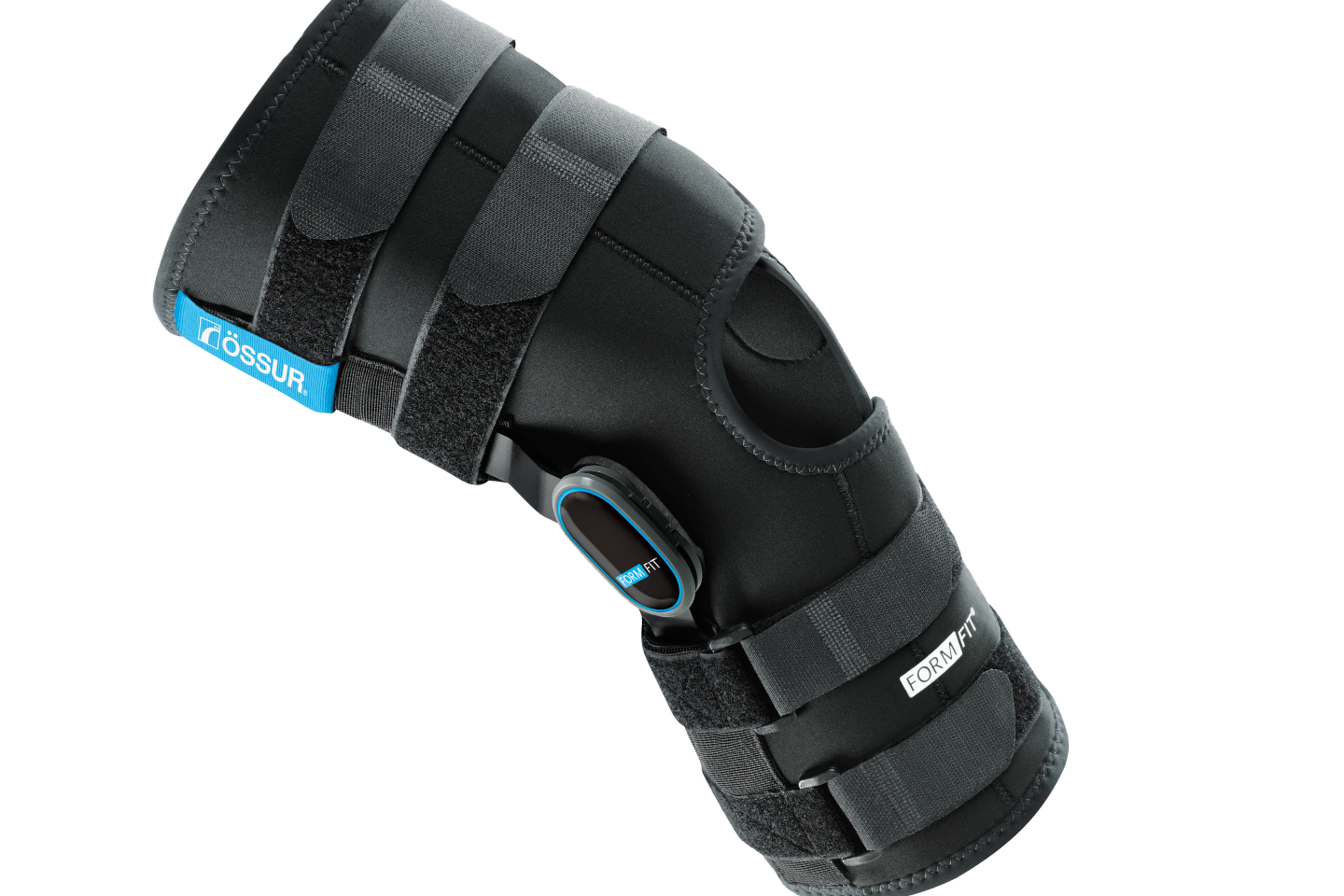
Treatment
Acute injuries are typically treated with a PCL brace or a Range of Motion knee while the ligaments heal and recover.
If surgery is needed, then a post-operative brace or a PCL brace may be used before the surgical procedure.
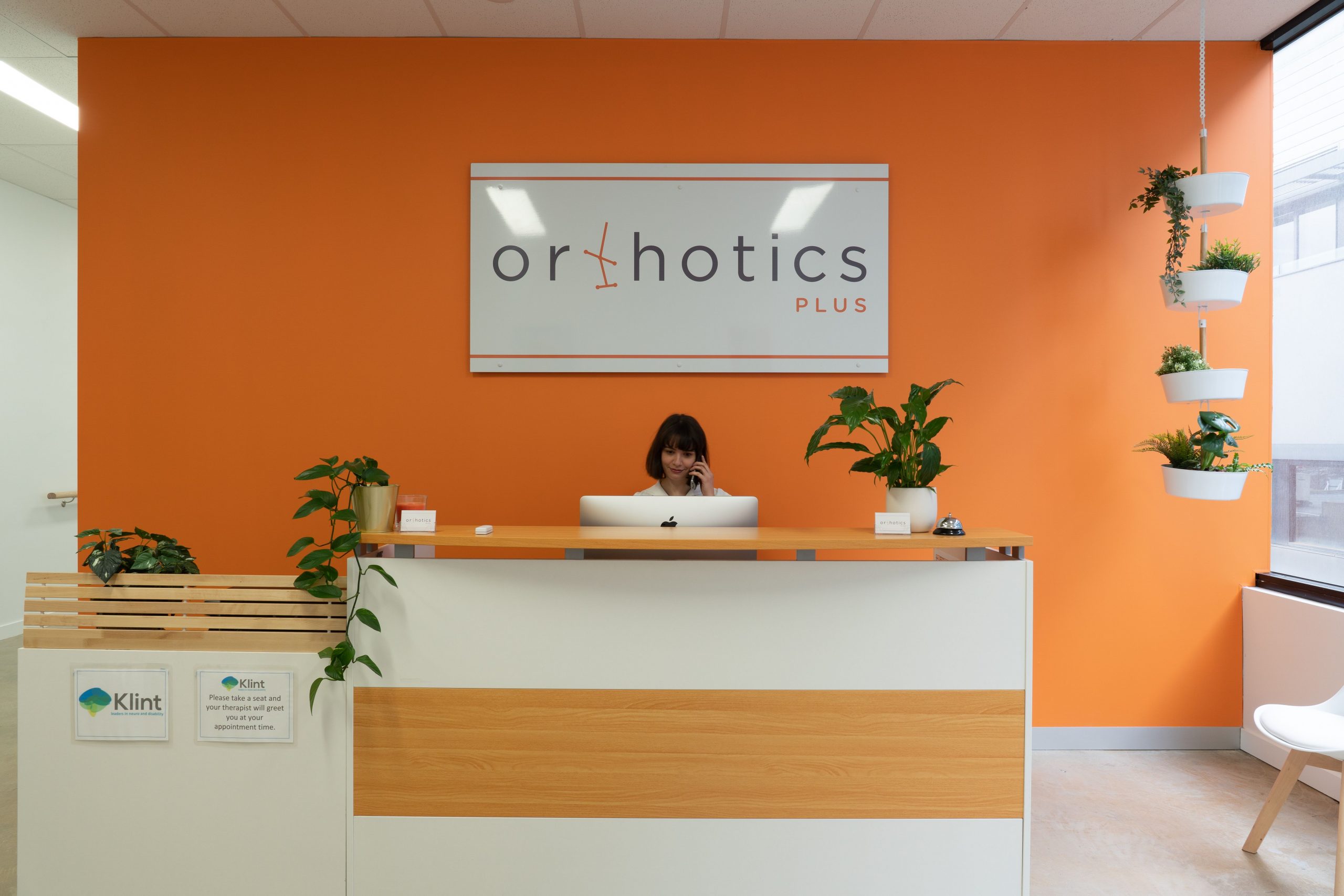
When To Seek Help
Please contact us at the earliest convenience.
We typically see acute patients after hospitalisation, GP, Physio or Orthopaedic intervention, however can see patients with no referral.
Returning to Work or Exercise After a Hyperextended Knee
From an Orthotist’s perspective, our focus is to prevent hyperextension and protect the structures that are healing. For patients with acute injuries who need to return to work, we might use a specific brace that prevents hyperextension and can be more easily worn throughout the day. Our role is to provide initial stability, pain relief and protection of the damaged structures.
Patients with acute injuries will typically visit Orthotics Plus after a referral from an Orthopedic surgeon. In these cases, the ability to return to normal daily activities should be primarily discussed with the Orthopedic surgeon. These patients may also be under the care of a Physiotherapist as well, who will be working with them to increase their lower limb function.
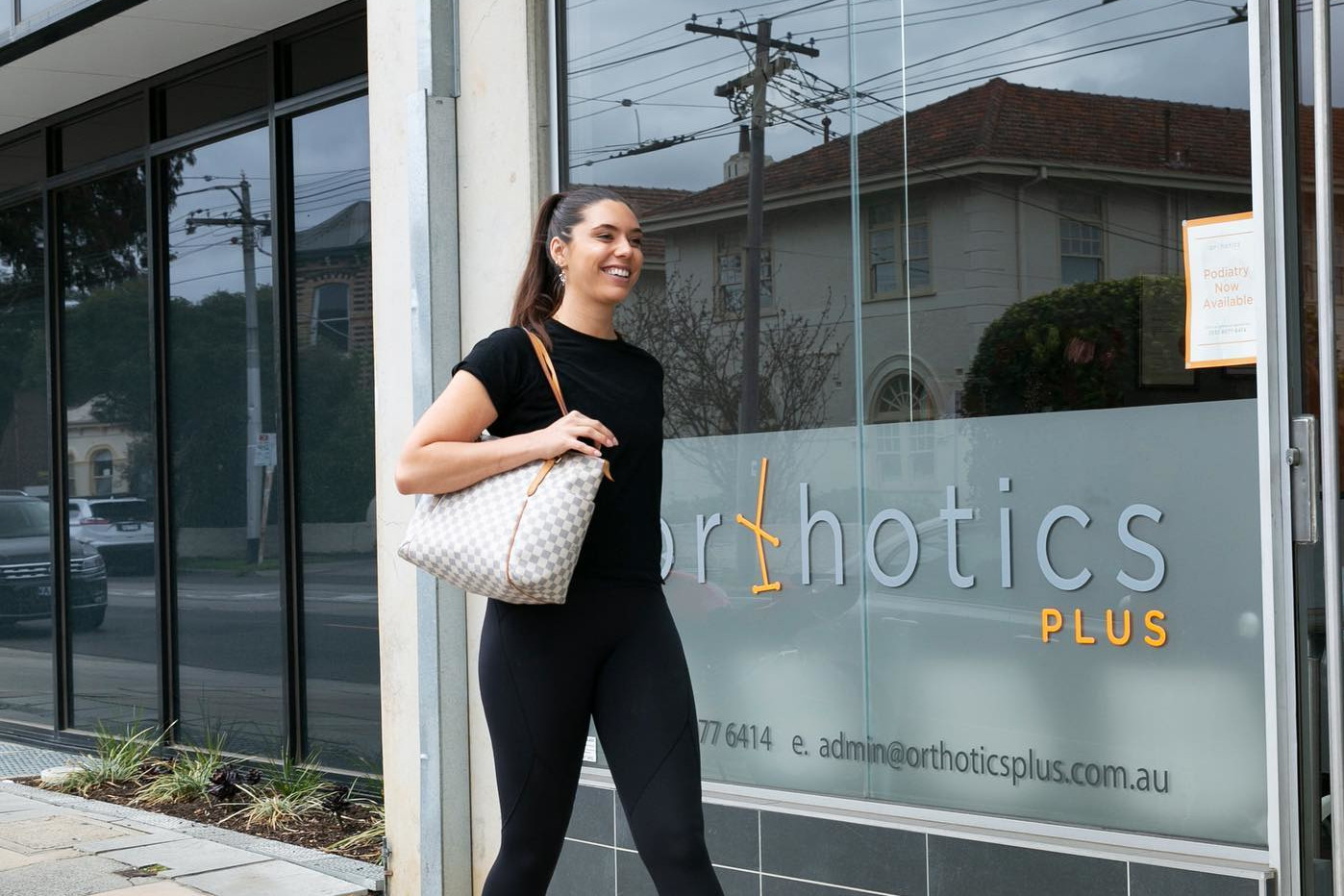
Contact Orthotics Plus for a Knee Assessment
Orthotics Plus has assessed and treated many patients with this condition. During the initial visit, we’ll spend time with the patient to assess their condition, which includes testing their range of motion and examining their gait patterns.
- We offer a large range of knee braces
- We provide choice and control
- We are university-qualified with a minimum of 10 years of experience for our senior clinicians
- Multiple clinic locations throughout Melbourne
To get started, please use our clinic locations page.
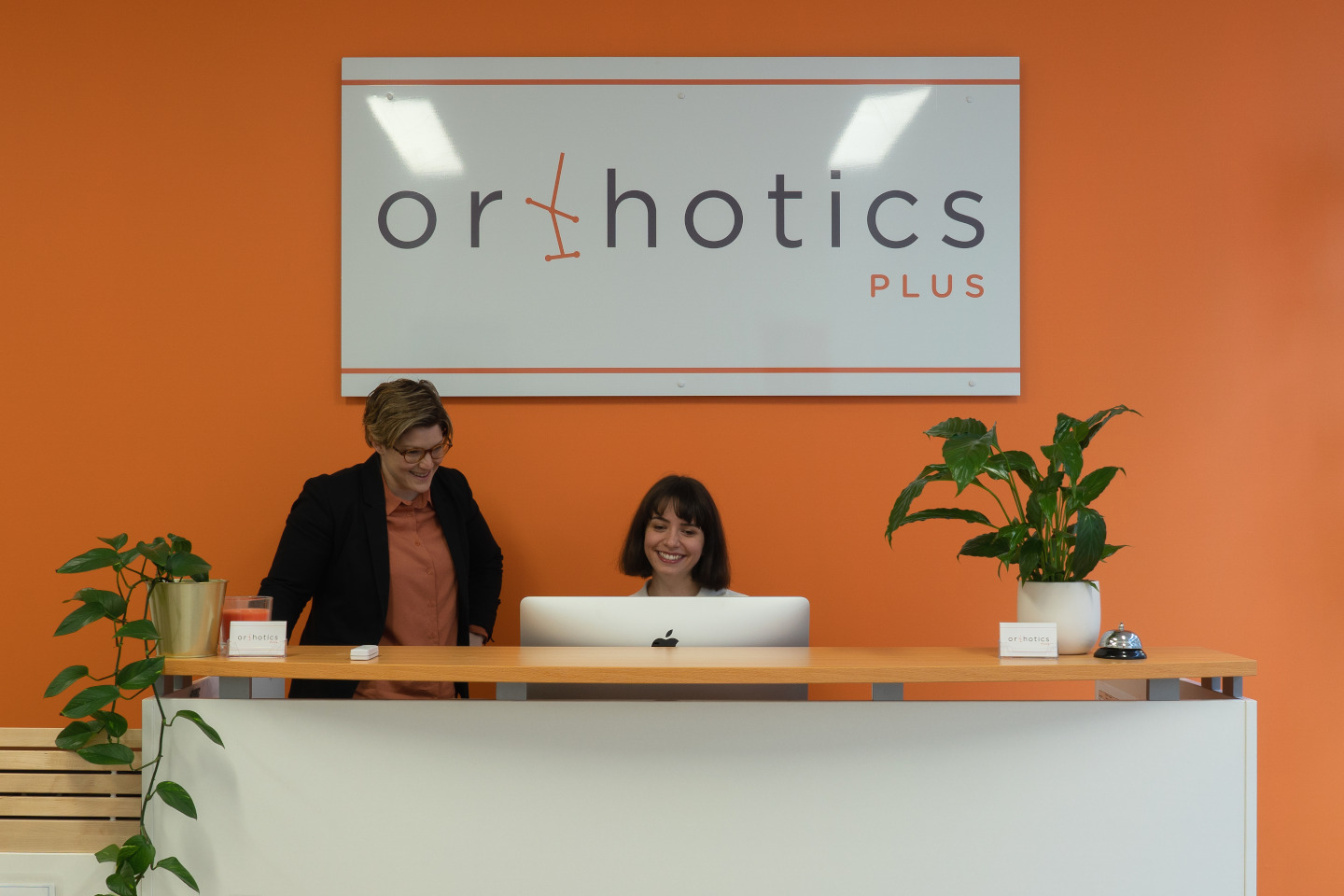
FAQ
The time to heal will depend on the severity of the injury.
For PCL injuries, recovery could take anywhere between two weeks to six months.
If a patient has hyperextended their knee and torn their ACL, the recovery period can last between nine months to a year. While there’s no definitive answer, acute injuries will typically improve over time.
Chronic cases are variable.
It’s best to be treated by an Allied health professional, such as the Orthotists at Orthotics Plus. Typically patients will provide self-reported pain measures and should improve over time.
There are other possible comorbidities such as Baker’s cysts, osteoarthritis, meniscal tears and tendonitis to be considered.
A knee hyperextension can generally be easily observed and diagnosed by an Orthotist. After an assessment, we’ll work to resolve the obvious biomechanical issue, which should ideally manage or alleviate the pain.